When we think about the culinary arts, the first images that often spring to mind are those of brilliant chefs whipping up tantalizing dishes or vibrant ingredients displayed in beautifully arranged plates. However, behind every successful culinary masterpiece lies a fundamental tool that makes it all happen: the knife. Knives are not just tools; they are essential companions for chefs and home cooks alike. In this article, we will explore the pivotal role of knives in culinary arts and how they contribute to the cooking experience.
The Evolution of Culinary Knives
The history of knives dates back thousands of years, with their evolution paralleling the advances in culinary practices and techniques. Initially, knives were rudimentary tools made from stone or bone, primarily used for hunting and food preparation. As societies advanced, so did the technology behind knife-making. Today, we have a wide array of knives available, from kitchen staples to specialized tools, each serving a unique purpose in the culinary realm.
From Primitive Tools to Culinary Masterpieces
Over centuries, knives have transitioned from simple fixed blade hunting knives to sophisticated chef knives and sets tailored for various tasks. The art of knife-making has become a respected craft, with artisans dedicating their lives to perfecting the balance, sharpness, and design of these essential tools. Modern culinary knives are made from an array of materials—stainless steel, carbon steel, and ceramics—each providing specific advantages for different cooking styles.
The Importance of Choosing the Right Knife
Every chef knows that the right knife can revolutionize the cooking experience. Whether you're finely chopping herbs or slicing through tough cuts of meat, having the right tool is paramount. Selecting the correct knife not only ensures efficiency but also enhances safety and creativity in the kitchen. Here's why it matters:
- Ease of Use: A well-designed knife feels good in your hand, providing comfort and control while cutting.
- Precision and Accuracy: The right knife allows chefs to execute precise cuts, resulting in better presentation and flavor release.
- Time Efficiency: When you have the right knife, tasks become quicker and more manageable, allowing you to focus on the creativity of cooking.
- Safety: A sharp knife is safer than a dull one. It requires less force to use effectively, reducing the risk of accidents.
Types of Knives Every Chef Should Own
In the realm of culinary arts, not all knives are created equal. While you can find countless options in kitchenware stores, a few essential types of knives are foundational for any chef’s toolkit:
- Chef's Knife: The workhorse of the kitchen, perfect for chopping, slicing, and dicing.
- Paring Knife: Ideal for intricate work, such as peeling and trimming.
- Serrated Knife: Best for slicing bread and delicate items like tomatoes without squishing them.
- Utility Knife: A versatile knife for various tasks that don’t require the heft of a chef's knife.
- Fixed Blade Hunting Knife: Sometimes used for specific cutting applications, this knife carries the robustness needed for tougher cuts.
Caring for Your Knives: Maintenance is Key
Owning high-quality knives comes with the responsibility of maintaining them properly. Proper care not only prolongs the life of your blades but also enhances their performance. Here are effective knife care tips every chef should adhere to:
Cleaning Your Knives
After each use, it is crucial to clean your knives properly. Avoid using a dishwasher, as the heat and detergent can damage the blade. Instead, wash them by hand with warm, soapy water, and dry them immediately to prevent rusting.
Sharpening Your Knives
Regular sharpening keeps your knives performing at their best. You can use a whetstone, honing rod, or professional sharpening service. Take note that different types of blades may require specific tools or techniques for sharpening.
Storing Your Knives
Knife storage is overlooked, but it plays a significant role in maintaining the integrity of your knives. A knife block or magnetic strip keeps blades safe from damage while allowing easy access. Avoid tossing them into a drawer where blades can dull or become damaged.
The Role of Knives in Culinary Creativity
Knives are more than just functional tools; they enable culinary creativity and exploration. The precision of a well-sharpened blade allows chefs to experiment with various cutting techniques, such as julienne, chiffonade, or brunoise, each contributing to the dish’s overall aesthetic and flavor profile.
Enhancing Presentation
Food presentation is an art form in itself. The way a dish is plated can elevate the dining experience, and sharp knives serve as essential instruments for garnishing and arranging components beautifully. Clean, precise cuts lead to stunning visuals, inviting diners to savor each bite.
Exploring Flavor Profiles
The science of cooking often revolves around the interaction of ingredients at the molecular level. When ingredients are cut properly, they release their essential oils and juices, enhancing flavors. A well-placed slice can be just as important as the ingredients themselves in achieving the intended taste.
The Importance of Knife Skills
Mastering knife skills is essential for any aspiring chef. Knife techniques range from simple practices to more advanced cuts that require precision and training. Consistent practice with different types of knives, such as chef knives and utility knives, builds confidence and capability in the kitchen.
Basic Knife Skills to Master
Here are some essential knife skills to consider developing:
- Chopping: Mastery of this basic technique provides a foundation for many culinary tasks.
- Slicing: Proper slicing technique ensures uniform cuts, which are vital for cooking temperature consistency.
- Dicing: Learning to dice accurately takes practice but results in equal-sized pieces that cook evenly.
- Minced: Fine cuts create enhanced flavor extraction and help integrate flavors in the dish.
The Impact of Knives on Culinary Culture
Knives are not only practical tools; they also represent a bridge to cultures around the world. Each culinary tradition employs unique knives that reflect local ingredients, techniques, and culinary philosophies. For instance, Japanese cuisine is known for its precise and beautiful knife craftsmanship, where each knife is tailored for specific tasks. On the other hand, Western cuisine often utilizes versatile chef knives and sets that adapt to various cutting techniques.
Global Knife Traditions
The impact of knives in culinary practices varies globally. Here are a few notable examples:
- Japanese Knives: Renowned for their high-quality steel and craftsmanship, offering a variety of specialized knives like the Santoku and Nakiri.
- Italian Knives: Often larger and heavier, suitable for chopping through hearty ingredients typical of Italian cuisine.
- French Cutlery: Straightforward yet elegant, emphasizing practicality and style in knife design.
Reviving the Art of Knife Making
The craft of knife-making has seen a resurgence in recent years, with artisans focusing on creating functional yet artful pieces. This revival highlights the importance of quality craftsmanship and a return to traditional methods. As consumers become more discerning, the emphasis on well-made tools enhances the appreciation for the culinary arts.
The Artisans Behind the Blades
Knife-making requires a unique blend of artistry, skills, and knowledge of materials. Artisans often dedicate years to mastering their craft, resulting in high-quality knives that are not only tools but also an expression of their dedication. By investing in handcrafted knives, chefs and home cooks contribute to supporting this age-old tradition.
Elevate Your Culinary Experience
In the world of culinary arts, knives hold immense power beyond their primary function of cutting. They are instrumental in creativity, flavor enhancement, and cultural tradition. Whether you're a professional chef or an enthusiastic home cook, understanding the role of knives opens doors to imaginative cooking.
So, next time you reach for a knife—be it a basic chef knife or a specialized fixed blade hunting knife—consider the artistry, skill, and cultural heritage that it represents. A knife isn't just a tool; it’s a gateway to culinary adventures waiting to unfold in your kitchen!
By appreciating the significance of knives, you enrich not only your cooking experience but also your overall culinary skills. Embrace the world of culinary arts with the right tools, and watch your creations transform into masterpieces that tell a story of flavor and elegance.








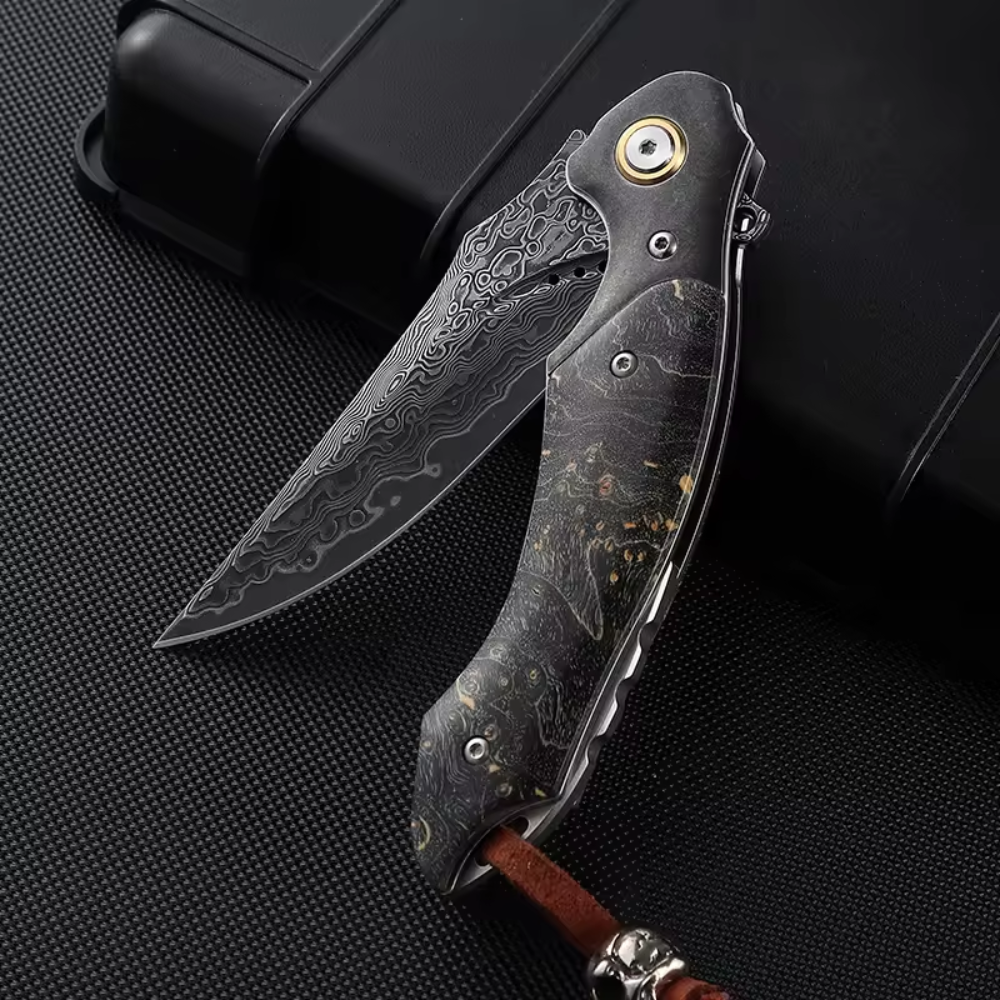


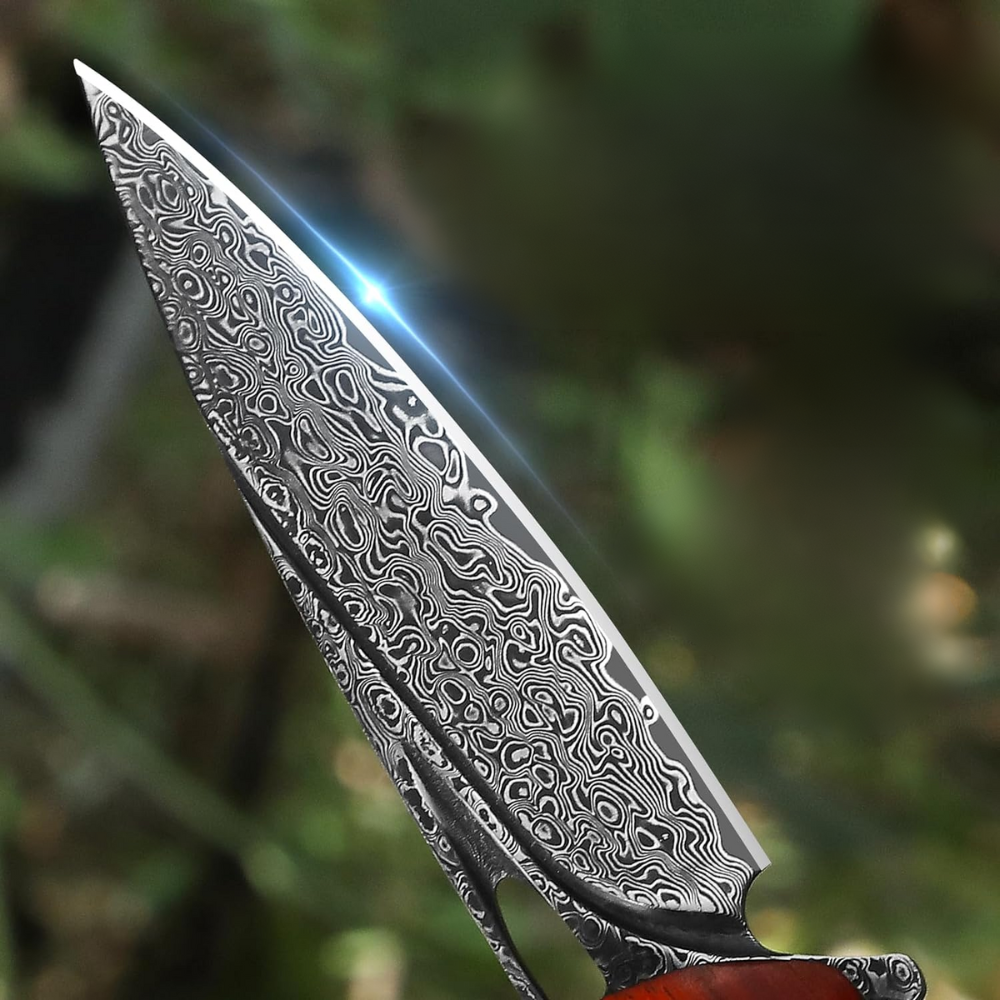








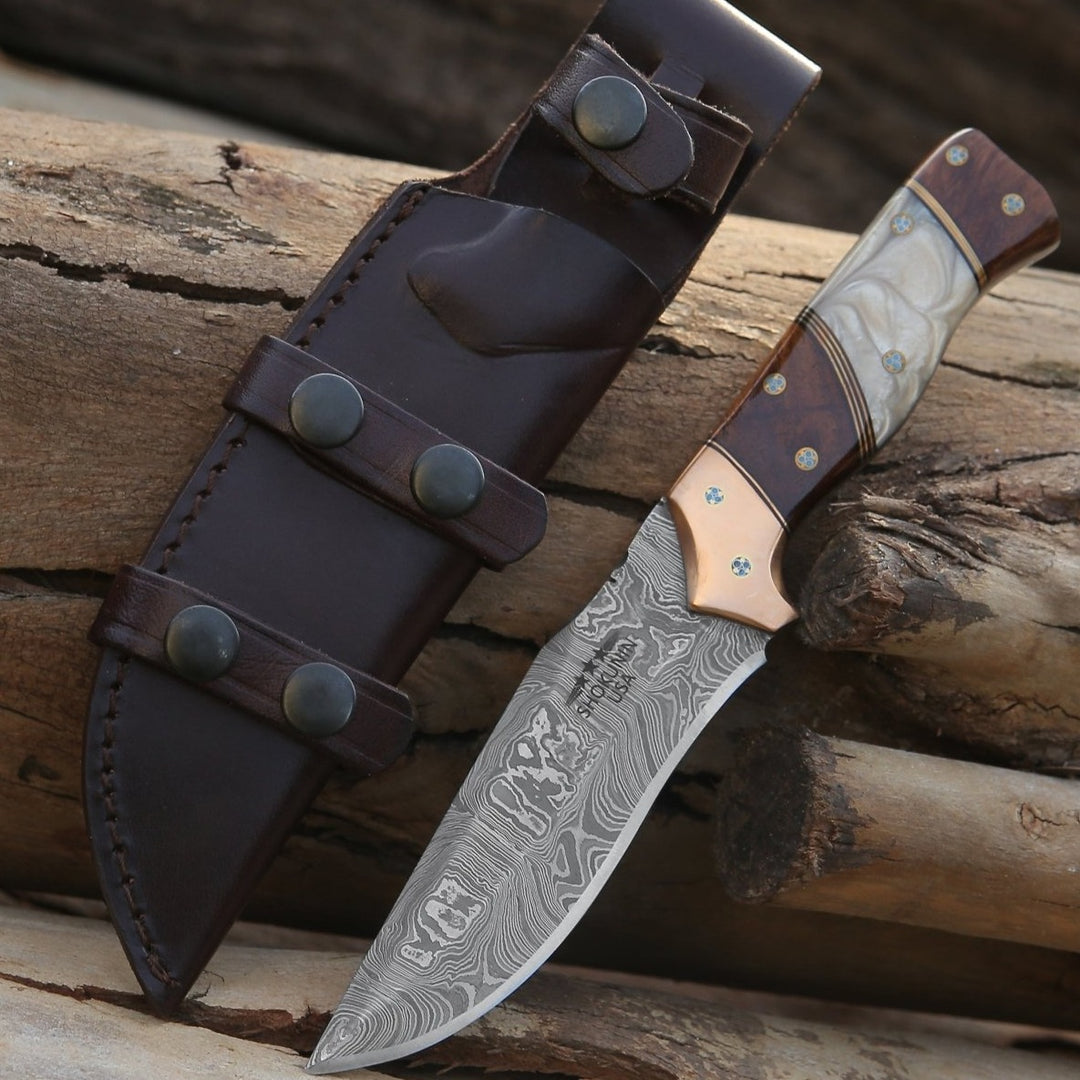
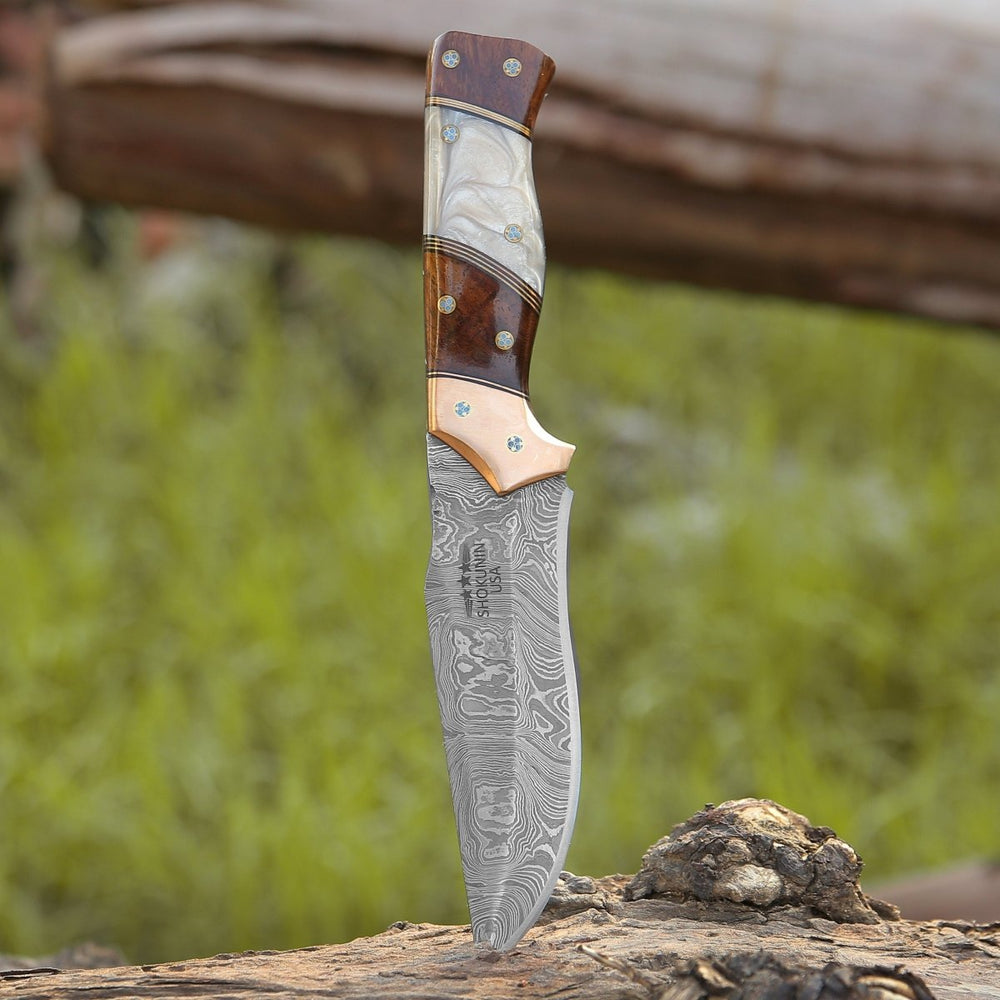


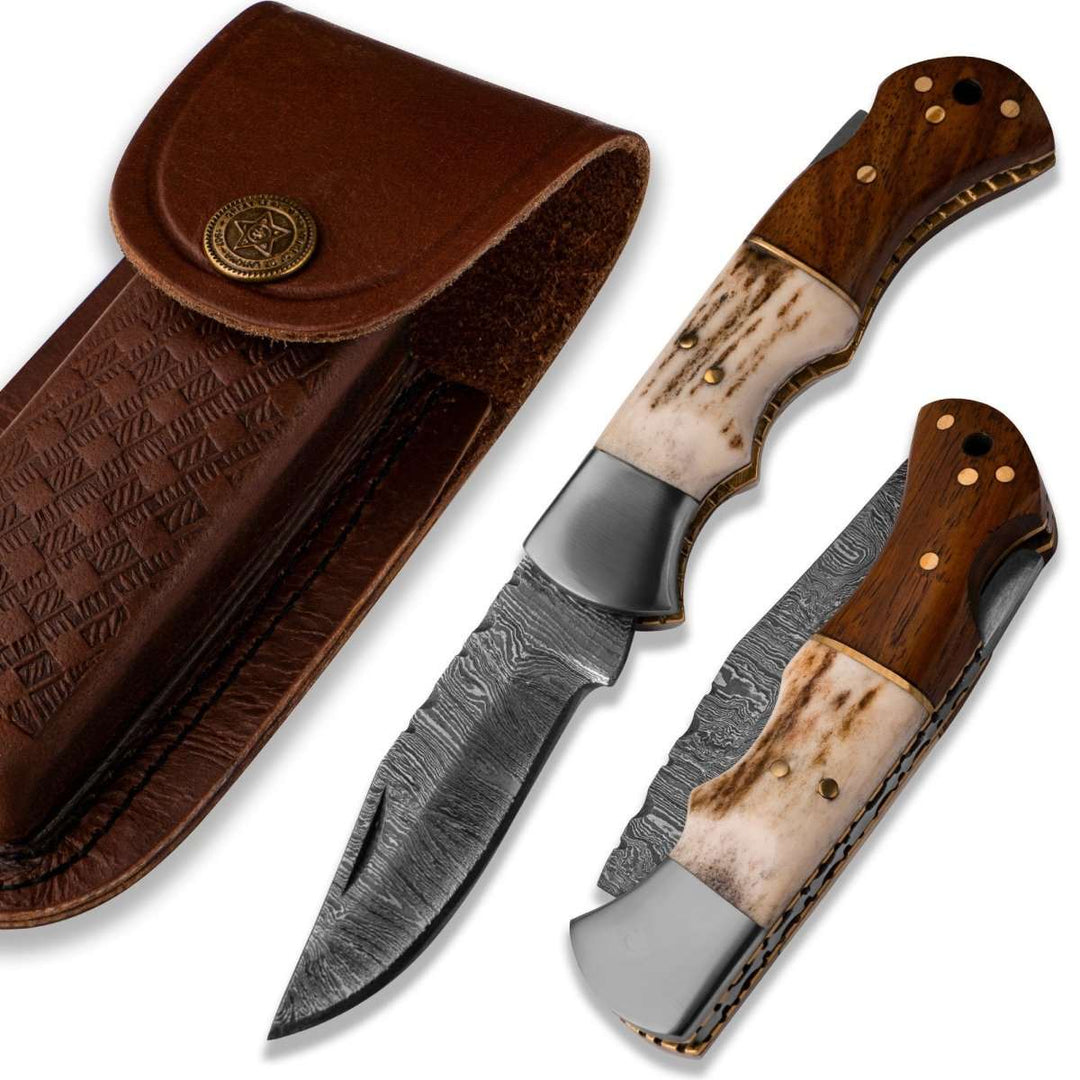





Hinterlassen Sie einen Kommentar